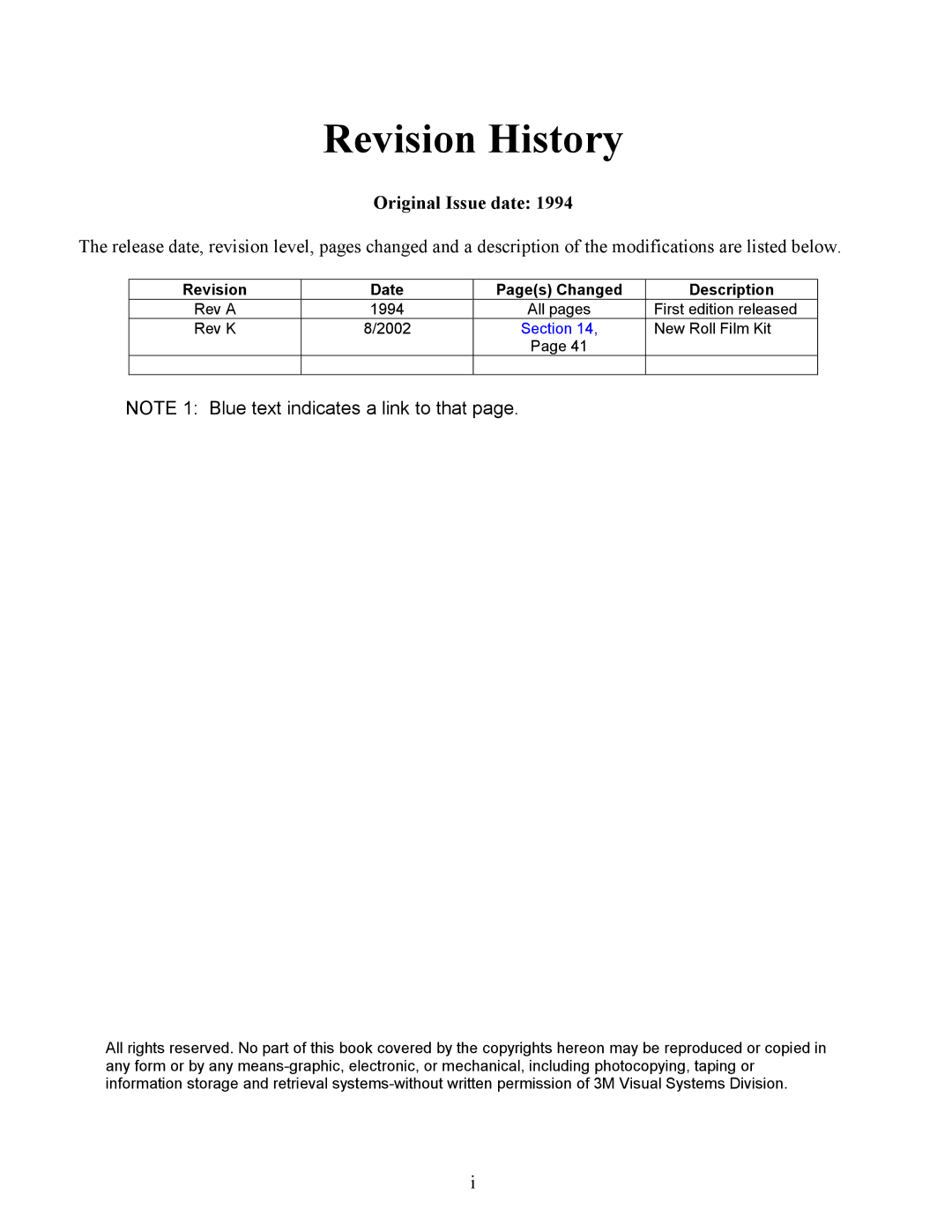9060, 9400, 9200, 9061, 9070 specifications
The Xerox 9000 series, particularly the Xerox 9085, 9400, 9550, 9040, and 9061, represented significant advancements in the field of digital printing and copying technologies during the late 20th century. These models were designed to cater to the evolving demands of high-volume printing while ensuring quality, efficiency, and versatility.The Xerox 9085 was a standout model in this series, distinguished by its ability to produce up to 85 pages per minute. It utilized an innovative electrophotographic process, which delivered exceptional image quality and reliability. This model was particularly renowned for its ability to handle a wide range of media types, allowing for versatile applications in various business environments.
Following closely, the Xerox 9400 series was designed for high-capacity needs and featured similar speed capabilities while enhancing color management technologies. It introduced advanced features such as network printing, which facilitated seamless integration with office environments and boosted productivity by allowing multiple users to access the printer simultaneously. The Xerox 9400 streamline printing processes while maintaining outstanding print quality with its sophisticated toner technologies.
The Xerox 9550 further built on these capabilities, focusing on color printing with improved resolution and detail. This model was equipped with a robust digital front end that allowed for advanced image processing, ensuring that colors were vibrant and consistent. It also provided extensive media handling options, making it ideal for creative applications such as marketing materials and presentations.
The Xerox 9040 was known for its user-friendly interface and operational flexibility, catering to both small businesses and larger corporate settings. It emphasized reduced operational costs through features that enhanced energy efficiency and minimized waste without compromising output quality.
Lastly, the Xerox 9061 was characterized by its outstanding workflow management capabilities. It included advanced finishing options, allowing users to produce professional-quality brochures, booklets, and other complex print jobs in-house. This model supported variable data printing, enabling customized materials to be produced on demand, which was a game-changer for direct mailing and marketing campaigns.
Overall, the Xerox 9000 series revolutionized office productivity with its high-speed, high-quality print capabilities and sophisticated technologies. These models not only elevated print standards but also offered versatility and user-friendly features that catered to the diverse needs of businesses across various industries.
